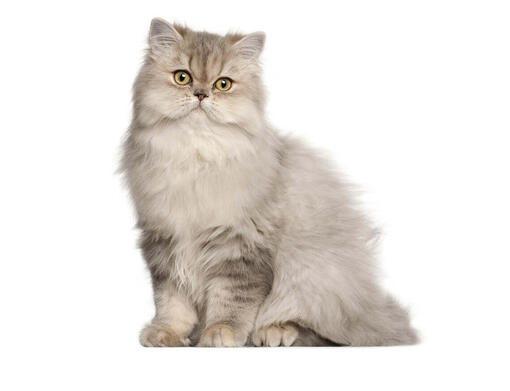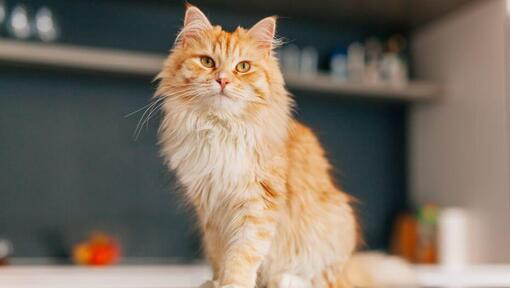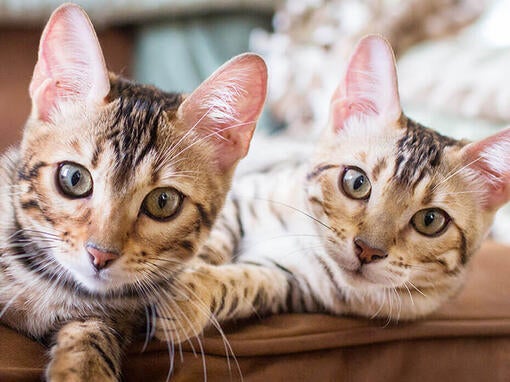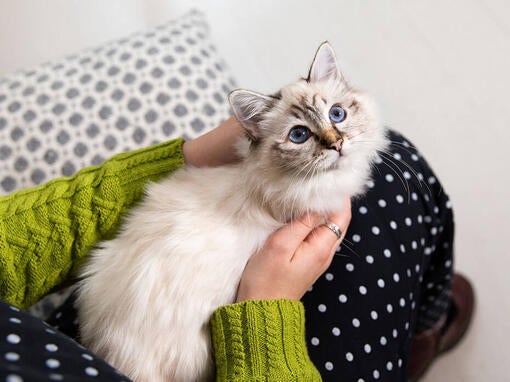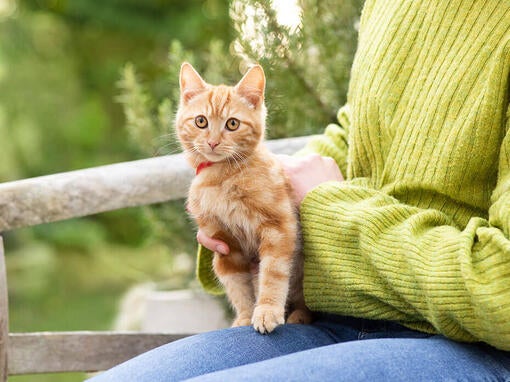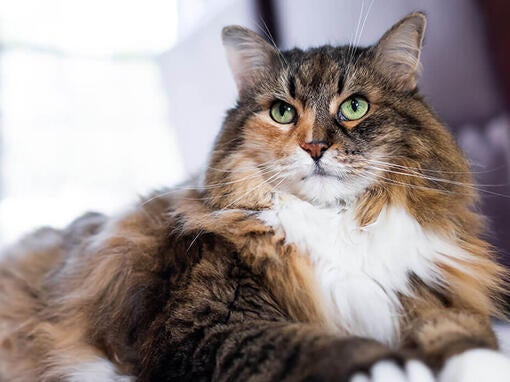- Calm cat
- Friendly but independent cat
- Quiet cat
- Larger stockier cat breed
- Requires grooming every day
- Non hypoallergenic breed
- Needs some out-door space
- May require familiarisation before living with children
Personality
Persian Longhair cats are calm and affectionate. They are gentle and are not as active as some shorthair breeds. Generally speaking they do not mind living on their own and are quite content to be an only cat. They are quite content to sit quietly and look pretty.
History and Origins
Country of Origin: Turkey and Persia
The first documented ancestors of the Persian cat were imported in the 17th century from Persia into Italy, and from Angora (now Ankara), Turkey into France. The Persian cats were grey coated while those from Angora were white. Descendants of these longhaired cats eventually reached Britain in the 19th century. These early Persian cats were quite different from the cats that win shows today: their faces were longer, their ears larger and they had a rangier shape. Over the years selective breeding has produced the stocky body and flat faced appearance that is familiar today. The coat is not just long; it has a very thick undercoat which requires a huge commitment in terms of owner grooming – the cat cannot keep this matt-free on its own.
While the Persian Longhair cat may be expected to live for about ten to twelve years, it is a breed that is recognised as having a number of health problems. Because the head shape has been shortened and the face flattened, there can be jaw deformities which can lead to dental disease and potential problems with eating and drinking. Small nostrils and a soft palate which is too long can also lead to severe breathing problems. The tear ducts may not follow their natural path and so the eyes run and wet the face constantly – this can lead to skin rashes and sores on the face. The flat nature of face also increases the chances of eye disease. Persians can carry a gene that leads to kidney failure (called autosomal dominant polycystic kidney disease) through the development of cysts in the kidney. This condition was found in more than a third of all Persian and Exotic shorthaired cats in the 1990s when screening tests became available. Using screening, breeders are now working to try to eradicate the problem – always ask the breeder to show the PKD certificates for the cats used to produce your kitten. Persian cats may also have an increased incidence of hypertrophic cardiomyopathy (thickening of the walls of the heart). Like other longhaired cats, Persians are the most likely to develop fungal skin infections, such as ringworm.
Every cat is unique and each has their own particular likes, dislikes, and needs when it comes to food. However, cats are carnivores and every cat must obtain 41 different and specific nutrients from their food. The proportion of these nutrients will vary depending on age, lifestyle and overall health, so it's not surprising that a growing, energetic kitten needs a different balance of nutrients in her diet than a less active senior cat. Other considerations to bear in mind are feeding the right quantity of food to maintain 'ideal body condition' in accordance with feeding guidelines and catering to individual preference regarding wet or dry food recipes.
The Persian Longhair cat breedrequires daily grooming to keep its long and thick coat free from mats and knots. Failure to keep the coat tangle-free can lead to the cat having to be clipped all over and the coat allowed to regrow. Attention must also be paid to the eyes and bottom. These areas need to be cleaned daily to avoid staining. Persian cat's eyes tend to run and the corner of the eye and side of the nose will need regular cleaning. The bottom area and underside of the tail is prone to becoming caked with faeces and care needs to be taken to keep this area scrupulously clean to avoid staining and uncomfortable lumps. Regular grooming is necessary to help remove fur so it is not ingested by the cat as hair balls can be a problem for Persians. As with all cats, regular vaccination and parasite control is recommended.
While this breed is not widely recognised as one of the best breeds for children, all cats are different and with the proper familiarisation may still be able to live with children.
